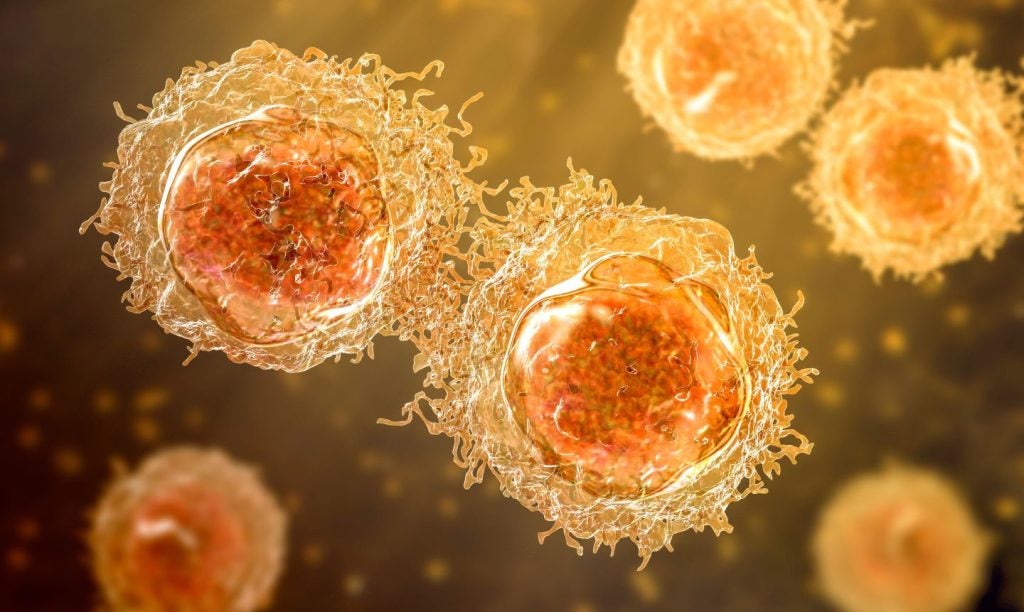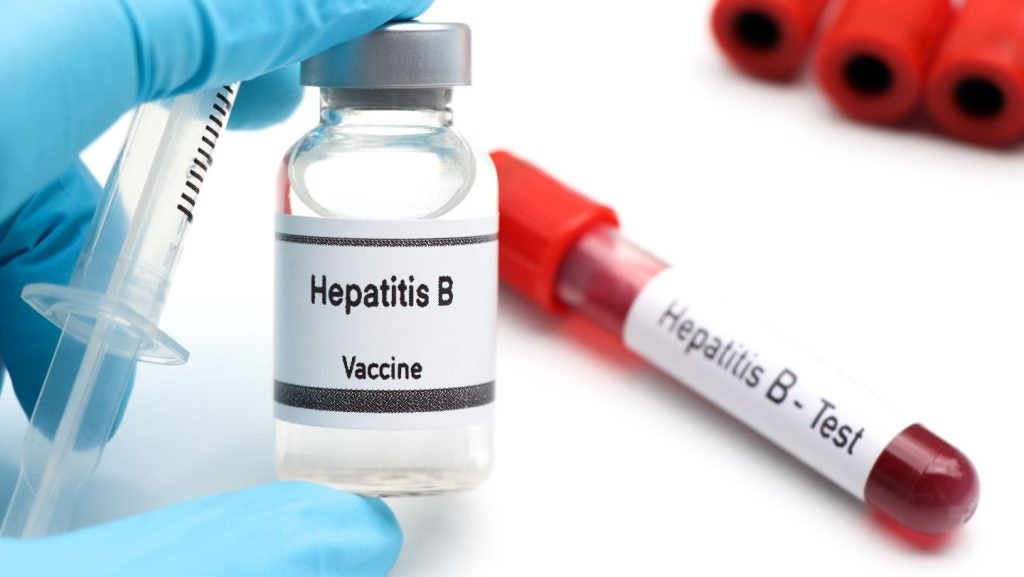What is Citizen Science?
Citizen science (CS) —scientific research conducted, in whole or in part, by amateur or non-professional scientists— opens a new frontier for clinical research. In a field that has well-established norms and methods, CS and crowdsourcing can change the ways researchers conduct studies and direct them to embrace a new mindset.
CS allows researchers to generate data faster and acquire much more data. Data are obtained from voluntary participants, a process that enhances the interest of the public in science. Many existing CS projects revolve mostly around issues of the environment and ecology. The citizen scientist connects scientists with the public. Interestingly, scientists, doctors, patients, families, and policymakers alike now want to learn from and listen to one another (1).
CS in health care and clinical research is being transformed. This is happening because of two key driving forces:
- The introduction of new technologies
- The need to reduce cost and time of discovering new treatments, as well as new drugs and devices
New technologies, which affect the potential change in health care, apply to clinical trial processes. Gradually, patients and participants are personally monitoring their health through the use of mobile connected devices, as well as wearable and oral sensors. This is all taking place against the backdrop of the Internet of Things (IOT).
Scientists have realized that all people have important points of view to offer to those who seek to improve health and health care. By integrating participant data with learning systems, all stakeholders, including the patients themselves, are provided with new understandings and insights. This is vital to establishing the important questions to ask.
How well do you really know your competitors?
Access the most comprehensive Company Profiles on the market, powered by GlobalData. Save hours of research. Gain competitive edge.

Thank you!
Your download email will arrive shortly
Not ready to buy yet? Download a free sample
We are confident about the unique quality of our Company Profiles. However, we want you to make the most beneficial decision for your business, so we offer a free sample that you can download by submitting the below form
By GlobalDataSee Also:
There are already multiple CS projects going on in hospitals across North America. Can Europe use the same platforms and approach for post-marketing studies?
What are the roles of Citizen Scientists?
Citizen scientists may engage in different roles and responsibilities with a specific research study:
- Citizen Participant – citizens who participate with minimal engagement by acting as a reviewer. Citizen participants also collect and submit their own data, while interacting with researchers on issues related to data collection. Crucially, they provide feedback on the process
- Citizen Group Leader – citizens who actively participate by collecting data from other patients (if they have difficulties). Additionally, they impact the trial design by recruiting other participants, provide talks about research studies, collaborate with the research team, and participate in decision-making. Group leaders may also generate ideas for research questions or design
- Citizen Researcher – citizens who collaborate with the lead investigator on the research study. The researcher may also be involved in developing new research questions, as well as new apps to support the research study
There are multiple examples of initial CS studies in health care and hospitals. In most cases, they started with a local community, either patients known to doctors in the hospital, nurses, or doctors who are interested in participating in a specific research (example: University of Florida Hospital).
How can Post-Marketing and Repurposing trials adopt Citizen Science?
Adoption of this approach for clinical trials, by enterprises, CROs, data service providers or outsourcing vendors, can benefit from CS solutions. Today, data are ubiquitous, and can be exploited by everyone. Governments encourage sharing Open Data with the public. Organizations like the FDA and WHO established an Open Cloud for sharing data to enable caregivers, companies, as well as researchers and the public to detect new patterns. Networks, such as SERMO, the largest social network for health care professionals, demonstrate the power of crowdsourcing combined with real-time aggregated data from multiple sources, and clinical evidence. Thus, clinical trials, and specifically post-marketing trials, should consider using this approach.
Ultimately, there are two main challenges can be overcome by CS:
- Post-marketing – Obtaining input from citizens who use approved drugs, and to get feedback from patients, insofar as the efficacy of drugs is concerned. This will help enable prescriptions to be more efficient
- Drug Repurposing – When searching for new treatments, drug repurposing is a cheaper alternative approach to drug discovery. Drug repurposing is like recycling; it takes existing generic drugs and identifies new illnesses that can be treated. This is potentially cheaper and faster than traditional drug discovery. This is a new approach, already in pursuit by pharma, being used in the rare disease space where there is a huge need for new treatments, but little funding is available for conventional drugs. CS can be an affordable tool for drug repurposing
The Influence of Crowdsourcing
Since 1996, clinical research has seen growing benefits from the application of crowdsourcing. In fact, PubMed now includes hundreds of crowdsourced studies. One example is an open challenge to find solutions to estimate the progression of Amyotrophic Lateral Sclerosis (ALS) or Lou Gehrig’s disease. The competition, with an award of $50,000, drew 37 groups from around the world—many with no ALS experience—to create better predictive tools that could make it easier to test new medications and their impact. The fresh thinking and alternative perspectives, generated through crowdsourcing, helped identify comparative strengths of competing methods.
Patients with rare or life-threatening diseases, are trying to use the Internet to connect with other patients, run experiments, and conduct clinical trials on their own diseases. Those groups can be a major source for accelerating and improving the trial data. With the emergence of mobile devices and sensors, new obstacles of data collection and accuracy can be broken, as real measured data can flow directly from patients to big data centers.
Thus, it’s important to establish a citizen science cloud where health care messengers, including patients and caregivers, can share experiences, submit data, and share insights and ideas on their own treatments.
The initiator (CRO, company, research group) will register and establish a study group with the information about the purpose and needs of the study, the required data, the required analytics, and relevant articles. A call for participants will be published and connections to forums and communities, relevant to the specific disease or drugs, will be established. Such a cloud can become a new business model for medical data services (like Medidata).
Post-marketing studies will be able to collaborate with drug distribution channels (e.g., pharmacies) to recruit the initial groups of citizen scientists in addition to web forums. Repurposing studies can be initiated by pharma companies or CROs to recruit their initial groups as well as close collaboration with HMOs. An additional benefit of using a CS single platform for many CS projects is the ability to develop an innovative community of clinical researchers, and discover new ideas by analyzing the data of multiple projects. The ability to search across data and results of multiple trials can bring new discoveries with drug repurposing, as well as identify adverse events earlier. The CS platform can lead to the creation of a network of projects and a network of clinicians, researchers and patients in this space.
What Next
- Get the buy-in of several stakeholders
- Create collaborations of research groups, CROs and pharma to establish a cross-industry Citizen Science cloud
- Select a few potential studies
- Get a technology partner to establish and create the tools required
Reference:
1) The CTSA Program at NIH: Opportunities for Advancing Clinical and Translational Research” Institute of Medicine Board on Health Sciences Policy








